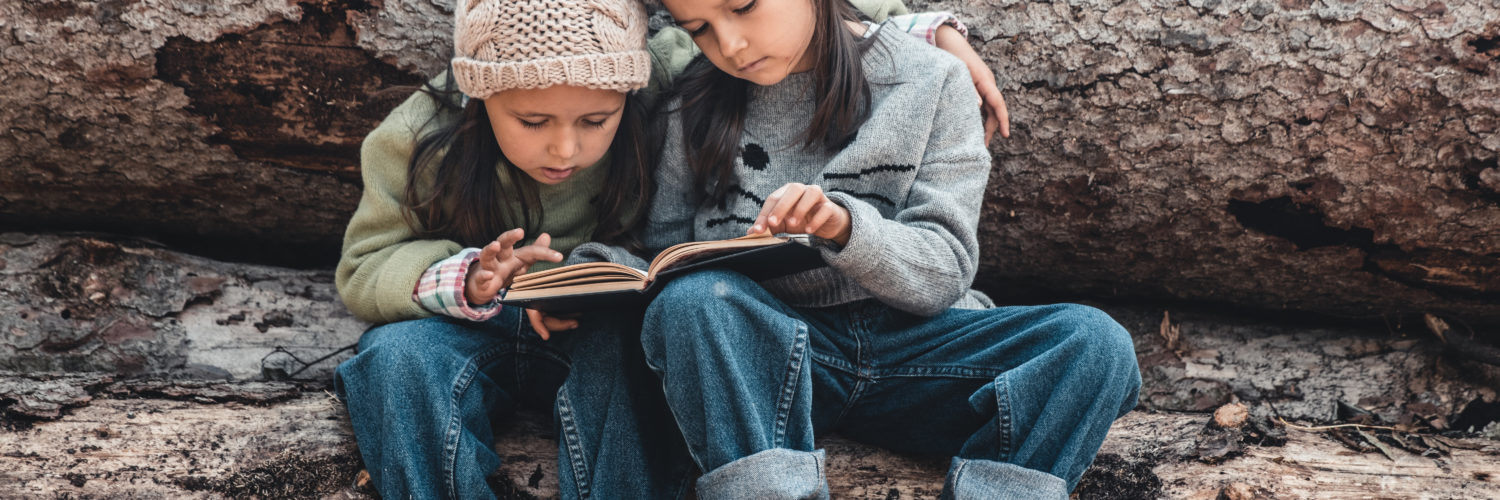History of Adopting A Baby from China
The history of adopting a baby from China started in April of 1992 when “China implemented a law enabling foreigners to adopt its orphans. In that year, 206 children were adopted to the United States, according to the U.S. State Department.” By 2005, 14,500 children were adopted out of China and the United States adopted more than 70% of the children. In 2007, China became more restrictive of the types of families that can adopt.
Adopting internationally has a history of being unethical. It’s important to recognize this risk as you move forward in choosing an agency to work with. As horrible as it is, there is a reality of child trafficking and children being taken or sold for adoption. For this reason, the Hague Convention on Protection of Children and Co-operation was created. The Hague Adoption Convention “is an international treaty that provides important safeguards to protect the best interests of children, birth parents, and adoptive parents who are involved in intercountry adoptions”. The Hague Convention ensures that international adoptions are done ethically.
China is a country that is a party to the Convention. You will need to work directly with a Hague accredited agency to adopt from China. They will make sure that all needed paperwork is completed and will ensure that the adoption is ethical.
Up until 2013, families in China were only allowed to have one child. Even then, the laws were still very strict and limited to allowing families with more than one child. By 2015, more couples were allowed to have two children. To be able to have more than one child, Chinese citizens have to apply. For a long time, most children found in a Chinese orphanage were girls, because of the cultural preference for boys. Now, however, most of the children in Chinese orphanages are placed there, because their families are unable to afford to care for them. Most of these children have disabilities.
Gladney China Adoption Program
The Gladney Center for Adoption works closely with Chinese officials as a Hague accredited international adoption agency. Gladney’s website gives an overview of their China Adoption Program saying:
“The China Adoption Program of today, overseen by the China Centre for Children’s Welfare and Adoption in Beijing, focuses on finding families for children with a diagnosed medical need and children who are physically healthy and over the age of 9. Gladney’s established adoption program in China is as strong as ever! We have enjoyed working even more closely with adopting parents over the past few years. With pre-adoption training to prepare parents, Superkids humanitarian aid trips to benefit waiting children, and post-adoption support to all family members, Gladney is proud to be a part of creating hope for children and parents.
“With the expansion of Gladney’s Superkids Program, Gladney will begin to assist prospective adoptive parents on guided visitation trips to China at the invitation of local child social welfare institutes. These trips are part of China’s Ai Xing Da Shi (Loving Heart Ambassador) program. During a guided visitation trip, prospective adoptive parents can spend time with children living in social welfare institutes and eligible for international adoption. During the visitation periods, prospective parents will be able to gain an understanding of a child’s abilities, skills, and personality. Through child-centered activities, prospective adoptive parents will be able to observe motor, communication, and cognitive skills. Parents will have the opportunity to learn from caregivers more about the child’s physical surroundings, routine for daily activity, physical health, therapeutic care, and education. These visitations provide the prospective adoptive parents with helpful information to proceed with the adoption of a child in a better-informed manner, or conversely, to recognize that a child has more complicated needs than can be met within the parents’ available resources.”
To adopt from China, you need to meet the following guidelines:
Married for a minimum of two years
Be a part of a heterosexual couple or be a single woman
Be at least 30 years old at the time of dossier submission
One parent must be a U.S. citizen
No more than 5 children under the age of 18 living in the home
The youngest child must be 3 years old at the time of dossier submission
Some flexibility regarding the age of a child
Express an openness to a child with a medical condition
The Process
The process to adopt internationally is very different than adopting domestically. While the process looks different between agencies, there are some things that they have in common. We are going to review the general steps of adopting a child internationally.
Application
Just like with any adoption process, you will need to complete an application with your chosen adoption agency. If you have a specific child in mind, you will need to specify that on your application. You can also request that the agency help you to find a match.
Home Study
You will need to work with your Hague-accredited agency to find someone in your state to complete your Hague-accredited home study. There are specific requirements for an international home study that will need to be completed. The international home study process is similar to that of foster care for domestic adoption. Your caseworker will need you to collect information and documents to prepare for your home study. Some of these things include:
- Birth certificates for you, your spouse, and any children in your home
- Adoption decrees for any adopted children in your home
- Marriage certificate
- Death certificates of any former spouses
- Divorce decrees for you and/or your spouse
- Employment verification on the company’s letterhead
- Verification of income (tax returns)
- Proof of life insurance
- Proof of health insurance
- Verification of any and all monetary assets (checking and savings accounts, 401k, stocks, mutual funds, etc.)
- Any debt information (houses, cars, and credit card balances)
- Mortgage or rent information
- Physical exam results
- Criminal background results
- Public health inspection
- Fire Safety inspection
- Proof of pet vaccination
- Photographs of your family
- Written references
Adoption Dossier
A dossier is “the collection of documents required by Chinese adoption officials, called the China Center for Children’s Welfare and Adoption (CCCWA) […]The dossier is comprised of three primary categories of documents: your home study, your I-800A US immigration approval and a collection of documents about yourself (i.e. birth certificate, marriage certificate, employment letter, health form, etc.)” This process generally takes four to five months to complete. The CCCWA has to approve your adoption after a match is made and that takes an average of two months. They will then send a letter of approval.
USCIS Form I-800
Form I-800 is Petition to Classify Convention Adoptee as an Immediate Relative. You will also complete Form I-864W and Form I-800 Supplement 1. Approval of these forms generally takes three to four weeks. You need the I-800 approved so that the child that you matched with will be eligible to receive an immigrant visa.
Article 5
Article 5 goes through the United States State Department, which is the United States’ Central Adoption Authority. This process will approve an immigrant visa for your child. Your agency will walk you through this step, completing the appropriate paperwork, and submit it to the U.S. Consulate. For this to be processed generally takes ten business days. After this step is completed, the CCWA will issue you an invitation to travel to China for your adoption.
Travel to China
Your adoption agency will walk you through your travel process and assist you in booking your tickets, coordinate where you will stay, and connect you with other families that are traveling at the same time. They will also arrange for you to have a visa appointment at the US Consulate in China.
Finances
Adopting a baby from China can be very expensive. This shouldn’t be a deterrent to growing your family through international adoption, though! You don’t have to be incredibly wealthy to afford adoption. There are many options and ways that you can reach your financial goals for adoption.
Take a look at your family’s finances. Find ways to make cuts where you can and save as much as possible. Little luxuries like vacations and eating out add up. This can help you to save a significant amount of money. Some families who adopt find extra side jobs to bring in a little extra money. Maybe it’s watching a friend’s child a few times a week, picking up a few extra shifts at work, or selling homemade products. Finding ways to save money that’s already coming in and earning a little extra can add up.
Many families use fundraising to finance their adoption. For some people, the idea of asking others for money can make them uncomfortable. There are a lot of ways to fundraise that can get others in your circle excited and involved. One popular adoption fundraiser is a puzzle fundraiser. For every predetermined amount of money that someone donates, they get their name written on a puzzle piece. The puzzle will hang in the child’s room as a reminder of how much he/she is loved and wanted. Many people do a t-shirt fundraiser where they create a t-shirt and sell them. Bonfire is a great company that makes the shirts for you and ships them directly to the people who buy them. Many people like this option, because their contributors can get something in return. Other fundraiser ideas include an auction, walk-a-thon, car wash, and raffle.
There are many grants available to help finance your adoption. A grant is a donation of money that does not have to be paid back. To receive a grant, you have to meet specific requirements and complete an application. Grants are awarded monthly, quarterly, or yearly, depending on the grant. You can also apply for low to no-interest loans. These loans can relieve a big burden on upfront costs.
Bringing Your Child Home
While waiting for your child, you are likely to receive pictures and updates. You can generally send care packages to your child and begin to build a connection that way. You will get his/her room ready, let your friends and family know, and excitedly plan your trip to meet your child. When adopting a baby from China, remember that you are a brand-new person to them. They are familiar with their orphanage, the staff caring for them, and the children around them. When the day comes to take them home, it might be overwhelming for them. Keep this in mind.
To make the transition easier for them, try to find ways to keep them connected to their environment. Ask for an item of clothing or a blanket from their orphanage that they can take with them. Having familiar smells and objects will bring him/her comfort. Learn as much of their native language as you can, especially key phrases that will help to comfort them. Learn what they are used to eating and make sure to have that food available for them when you arrive home.
Keep a routine once you get home. There are a lot of unknowns for your child and they need to start seeing routines and consistencies right away. Routines will teach them security and help them as they learn to attach to you. Spend as much time with them as you can. Make eye contact. Use appropriate touch to build connections. Depending on the age of the child, you might consider wearing them in a carrier close to you. Your child has spent his/her whole life in a group home where he/she was provided for by many different caregivers. They will have to learn how to attach to only one or two caregivers. To avoid confusion, keep visitors away for a few weeks so that they know that you and your spouse are the adults that they can attach to.
Most of all, be patient. This is a very exciting time for you. These children are experiencing trauma from being moved from a life that they know to a completely different country, environment, family, and culture. While your home is safer, more comfortable, and you are available to give him/her the attention needed, it is still an adjustment. Be patient and celebrate the little milestones with your child.




